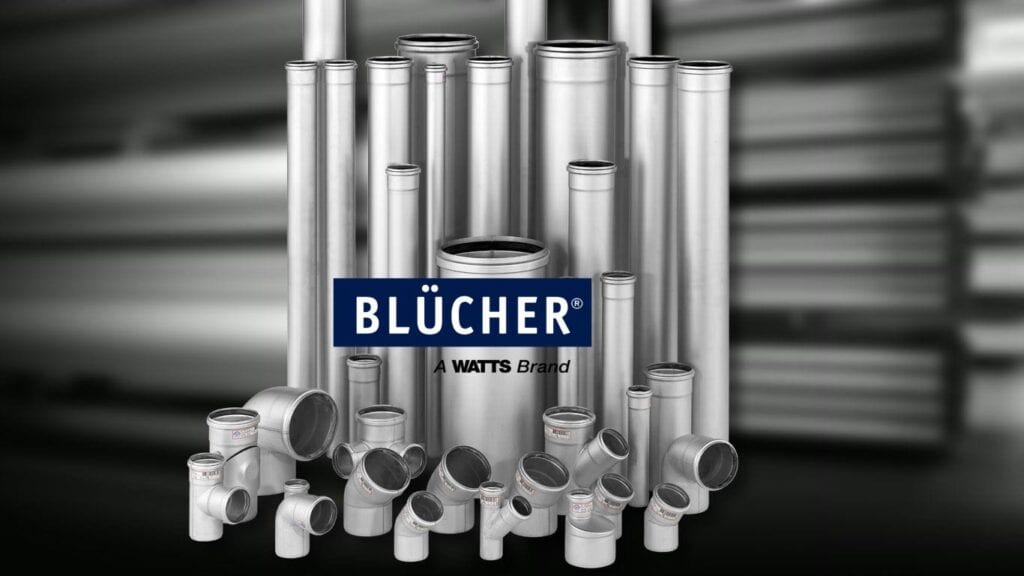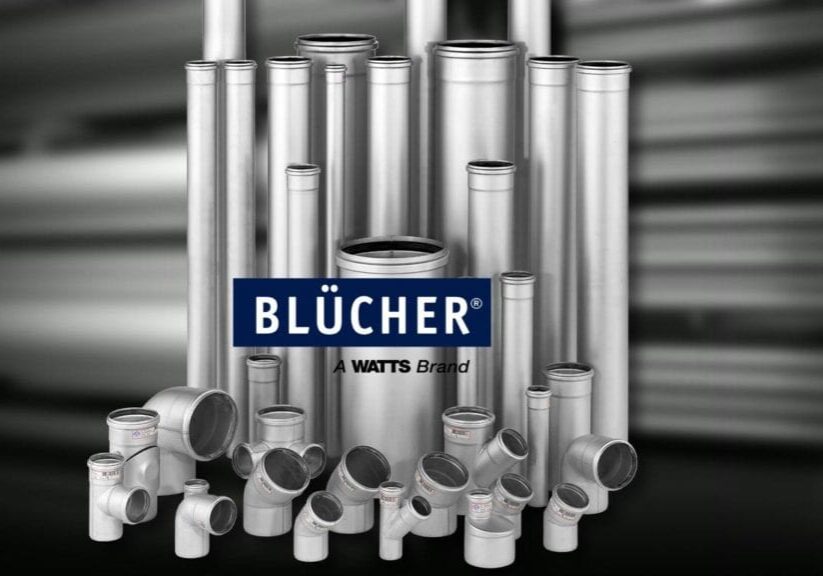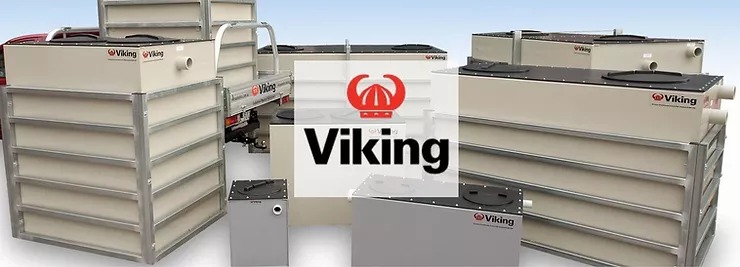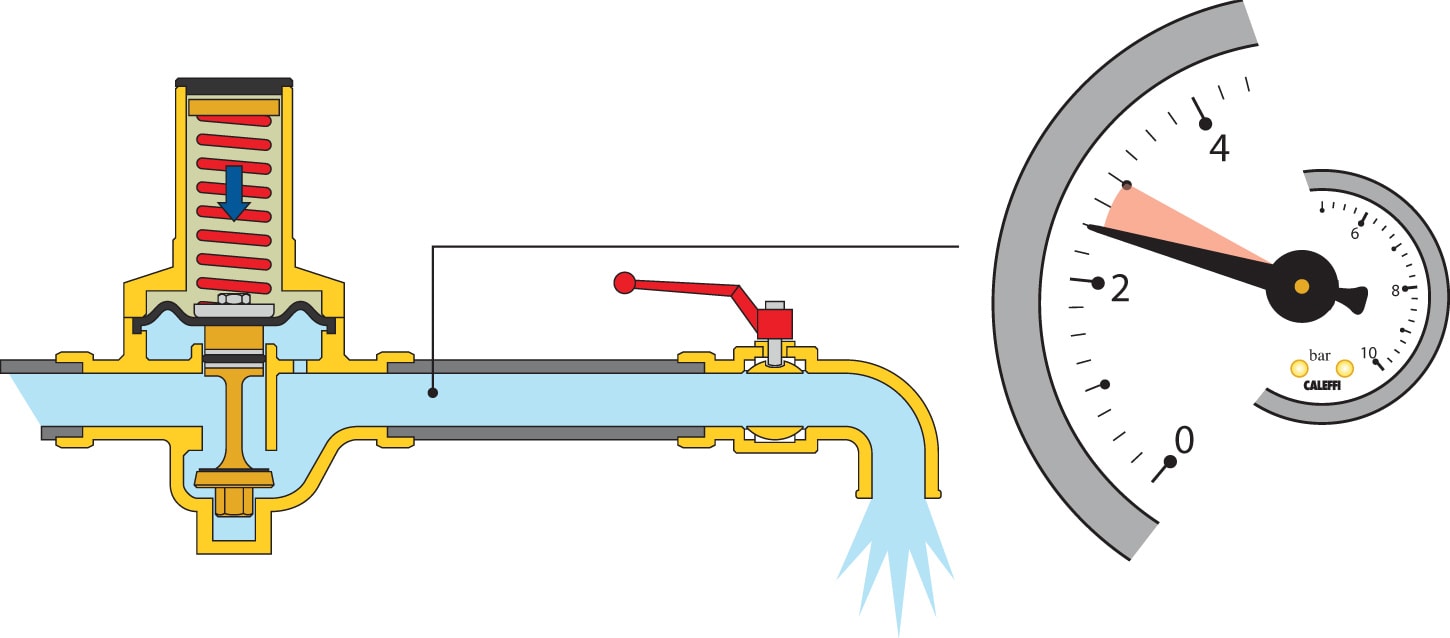
BLÜCHER

How to Avoid Drain Pain – Specifying Hygienic Drainage Solutions

A recent increase in poor drain selection has highlighted the importance of specifying the correct drain for the application, especially in the hygiene critical sectors such as food and beverage production, aged care, hospitals & defence.
In the past twelve months, we’ve had an increase in requests for assistance from facilities because of hygiene audits with plant owners expressing concerns over drainage problems. In particular, the performance of floor drains and an inability for cleaners to quickly clean to a required standard. With some recent projects requiring upwards of 90 drains for their processing area alone, a small problem can become substantial if something as seemingly small as a floor drain begins affecting operations as a repeating and persistent issue.
Drainage is often viewed from above as a hole in the floor where production product or offcut waste is hosed towards, however as the washdown water helps clear the processing area the real effects occur below. Besides the main role of collecting large amounts of water, floor drains are often points for collecting washed solids and preventing contaminated sewer gases from entering sterile areas. Recent requirements ask for primary and secondary screening before discharge to sewer, creating a situation where regular clearing of filter baskets and waste build-up is required to prevent a blockage.
This will possibly lead to an increase in the rate of clearing solids as states (such as South Australia) have now moved to implement a fixed secondary strainer with a maximum 2mm hole opening size for all drains connected to trade waste sewer.

One ‘solution’ often discovered are missing or broken through filtering screens that consequently allow bulk solids to enter and block drainage pipework. Blockages often are caused during processing and highlight the importance of regular cleaning, education, and maintenance practices for food processors in particular. Stopping production to clear pipes as the floor is pooling with backed up water is not desired by anyone, least of all the maintenance team. A costly time and financial burden.
It raises a substantial point to specifiers and installers and their liability for products installed without the necessary approvals such as WaterMark. In many cases, the drainage installed into concrete floors is very difficult to rectify or replace without substantial downtime, moving equipment or construction work. Maintenance staff are often omitted from this selection process and left to resolve problems when drains specified are installed by others without the foresight of day to day operations.
Blucher ANZ prefers to work with consultants, owners and maintenance managers to prevent these problems before they occur – at the design stage.
The key to selecting a high-performance floor drain depends on a few factors including the expected amount of water, the number of solids, load rating required (eg forklifts), cleanliness, material and temperature.
The primary consideration is a lack of corners and horizontal surfaces that can harbour bacteria and deposit solids in these hard to clean parts of a drain bowl. Laps, crevices and corners are all undesired in drain bowl cleanliness.

Managing bacteria is much easier when surfaces are smooth, easy to clean, self-draining and impervious such as stainless steel. Outside the bowl, ensuring voids such as under the drain top or folded edges are filled with a permanent bacteria-resistant material. Cleaning practices need to suit the material with stainless steel resistant to many cleaning chemicals and suitable for high-temperature water washdown.
Ideally, the filter basket should be a snug fit within the drain bowl, directing all solids into it and preventing overspill into the drain below when removed to empty. The requirement for secondary strainers is to catch overspill but is harder to clear, especially during production. We’ve supplied oversized baskets for high solid content to reduce the emptying frequency or to specification for unusual solid shapes and sizes.
Another successful design is a removable water trap. These are fitted within the drain bowl and when fitted, prevent sewer odours but can be removed for maintenance and allow unimpeded access to the pipework beyond. This feature is preferred to installing additional inspection points when each drain can act as both drains, clear out and can be used without a traditional P-Trap.
Using removable items such as filter baskets and water traps allows for replacement should damage occur without affecting the fixed drain bowl extending the service life considerably. The grate of the drain should also be replaceable and in our experience saved expense when production area layouts are changed with previous pedestrian areas now required to suit large forklift loads. Changing a grate makes these changes to layout easier and quicker.
Practical experience over 25 years has led to these design features being incorporated into best practices for commercial and industrial drainage solutions and becoming standard in an increasing number of large project specifications and plant upgrades.
Whether it is a single drain bowl or a solution incorporating industrial floor drains, channel linear drainage, stainless steel drainage pipework and custom kettle discharge pit, we’ve been able to supply products that are installed permanently, reliable and offer a long service life as part of the building.
Carefully designed and manufactured channels, some over 100 metres in length, use these same hygiene and performance standards as other Blucher products which we’re proud to supply across Australia, New Zealand and SE Asia to leading facilities that prioritise hygiene.
Understanding the implications of poor drainage selection and the ongoing benefits of good choices for building design, are often discovered when they’re not performing but crucial for an efficient and hygienic food production facility.

For more information contact Blucher ANZ – www.blucher.com.au
Did you know?
You can design using Bluchers Stainless Steel drainage and Bucket Traps in H2X.
Test it out for yourself by starting a free trial here.
h2x: All-In-One Tool for Calculating, Designing, Estimating, and Paperwork

What's in the Pipeline?
Get access to our monthly roundup of news and insights
You may unsubscribe from these communications at any time. For more information, please review our Privacy Policy.
Testimonials
What Installers Say
What Consultants Say
A game changer for the humble plumber. Incredible.
Brad Winkel
Director at Queenstown Plumbing
Brilliant, simple and easy to use. Game changer.
James Major
Director at Hubb
Big time game changer to the industry!
Viv Jude
Director at UHC
Incredible software! Super user-friendly and allows you to save so much time.
Devni Gamage
Engineer at DMA
h2x is great software, our company use it nearly every day. It is easy to use with direct conversion from h2x to Revit.
Callum Craig
Engineer at WDE
h2x is fantastic software. It is very easy to use and the ability to output to Revit is a fantastic time saver.
Joe Kirrane
Engineer at MEP









